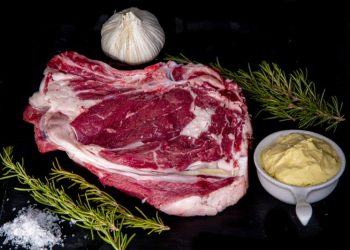A new peer-reviewed paper presents evidence that the COVID-19 pandemic started in a seafood market in Wuhan, China, where many of the first cases of the disease were identified.
The paper, published Thursday in the scientific journal Cell, builds off preliminary research released last year that pointed to a raccoon dog as a possible host transmitter of the disease to humans.
One origin theory of the COVID-19 pandemic is that an animal infected with the virus passed it on to humans at the Huanan seafood market in late 2019.
Thursday’s paper provides more evidence that animal spillover may have been responsible for the pandemic, although it cannot conclusively rule out the theory that humans introduced the virus to the market.
Researchers note in the study, though, that this second theory is unlikely.
“The introduction by an animal trader infected by animals upstream of the market is further challenged by the probability that transmission chains dependent upon a single human would likely go extinct,” according to the study.
“A sustained interface between infected animals and humans in a market is more likely to result in the establishment of an epidemic.”
The international team of 23 researchers behind the study found that the SARS-CoV-2 virus was present in several stalls at the Wuhan market that also housed coronavirus-susceptible animals.
“We identify wildlife DNA in all SARS-CoV-2-positive samples from this stall, including species such as civets, bamboo rats, and raccoon dogs, previously identified as possible intermediate hosts,” researchers wrote in the paper.
But researchers cannot definitively say if the animals in the market stall were infected with the virus.
“The publicly available genomic and epidemiological data from the start of the COVID-19 pandemic remain incomplete, and future data from this time could shed further light on hypotheses regarding its emergence,” the paper reads.














